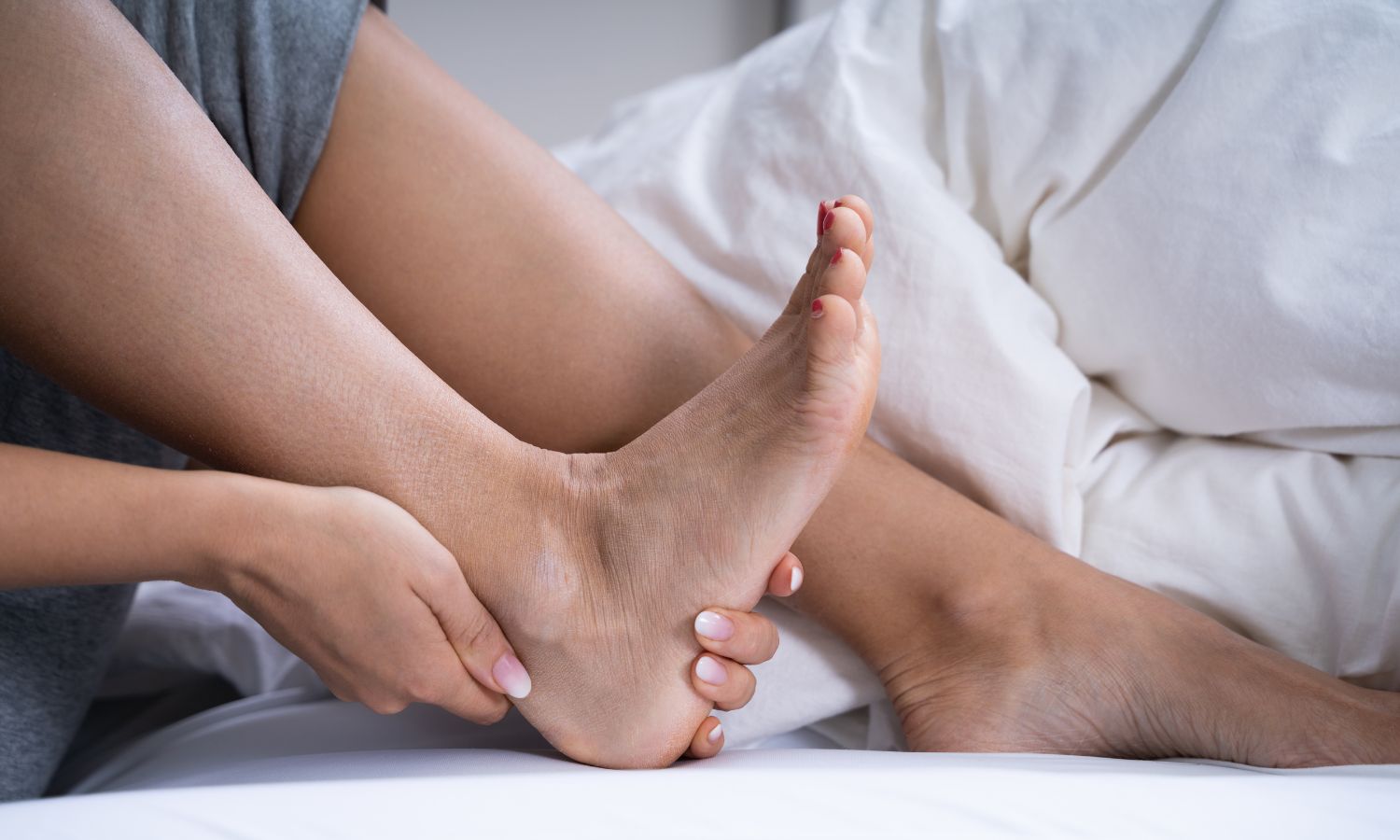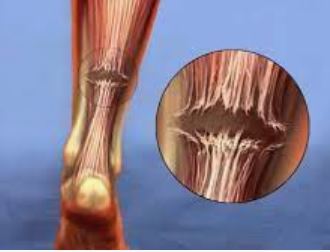Our bodies are designed to support all our physical activity. But when the stress gets to be too much, tissues can tear or be damaged, leading to inflammation. This is true of a specific heel pain caused by what is called Plantar Fasciitis.
Connecting your heel to the front of your foot, the plantar fascia is a ligament running the length of the bottom of the foot. It helps support the arch. When strain leads to inflammation of the plantar fascia, it stiffens and causes pain in the heel. Pain may appear most severe when the foot is in a long period of rest, taking some time to subside with some walking, or after an exercise session.

What puts you at risk of plantar fasciitis?
- High arches or flat feet
- Regular high impact activity, like running
- Career which requires standing on a hard surface for an extended amount of time (ie. nurses, factory workers)
- Obesity
- Tight calf muscles
How is plantar fasciitis treated?
Luckily, majority of those who suffer with plantar fasciitis can find relief through non-surgical treatment options, including:
- Eliminating activities that are contributing to the inflammation. Allowing your foot the proper amount of time to heal is important, in fact, your doctor may recommend a walking boot to help facilitate the rest.
- Icing the bottom of your foot a few times a day will help reduce inflammation.
- Nonsteroidal anti-inflammatory drugs (NSAIDs) like ibuprofen will ease the pain.
- Specific stretches to elongate the calf muscles will assist in releasing the stress on the plantar fascia. Your doctor may recommend you see a physical therapist who can work with you on a specific exercise program.
- The proper footwear to reduce the stress on the bottom of the foot is recommended, along with orthotic inserts like heel pads.
Other treatments your orthopedic specialist may recommend include cortisone injection, casting, or even surgery, which is visited only when non-surgical treatments have shown no improvement.
If you’re suffering with heel pain, reach out to the orthopedic specialists at NEOSM for a consultation to plan your route to recovery.
Source: OrthoInfo













